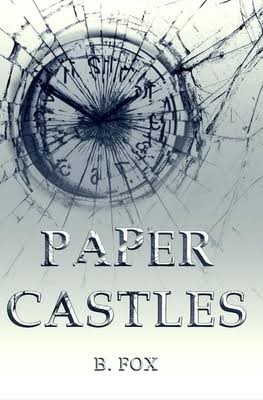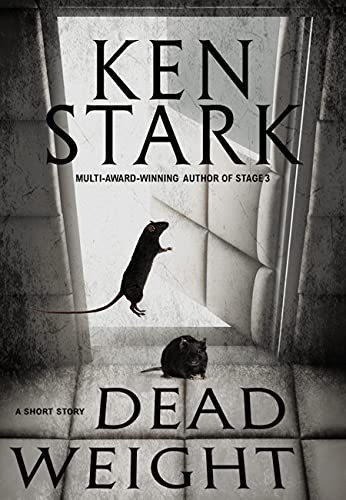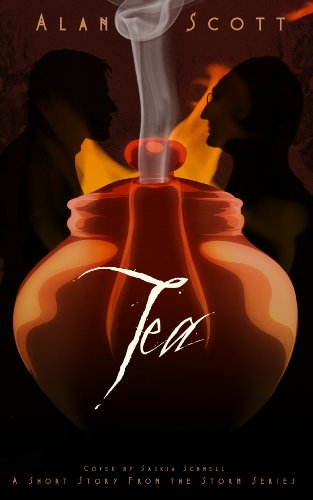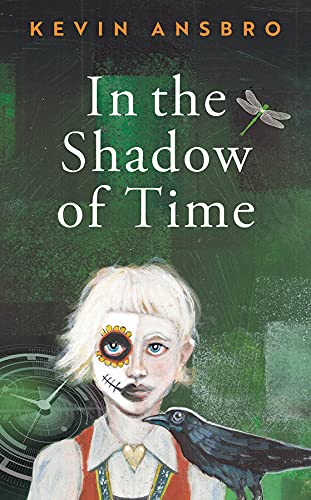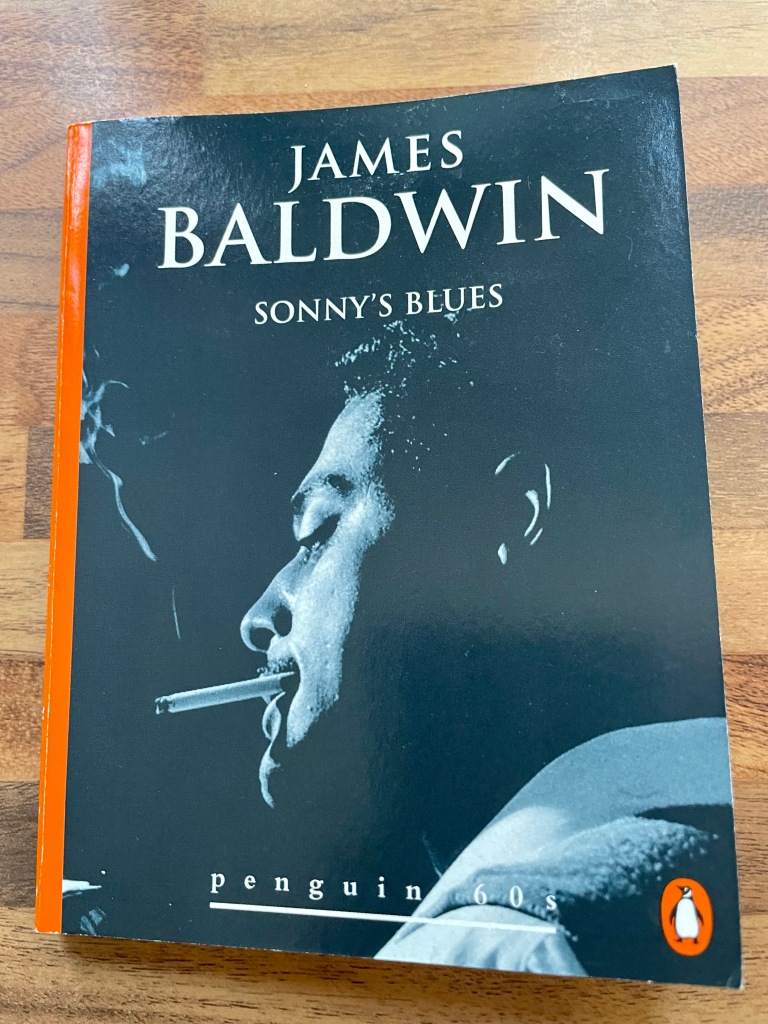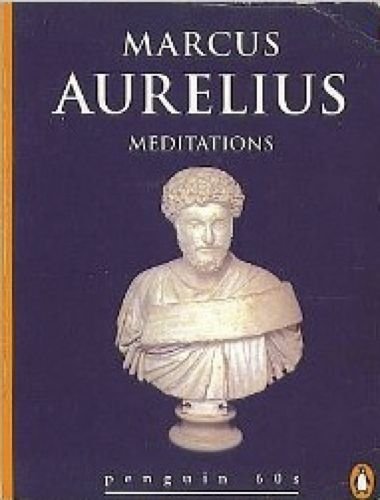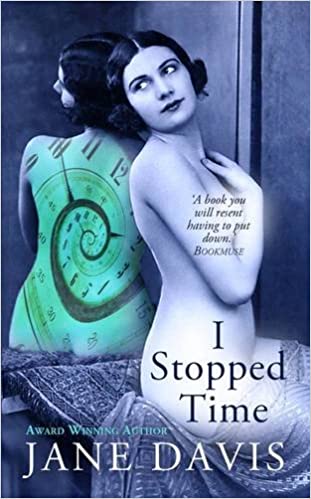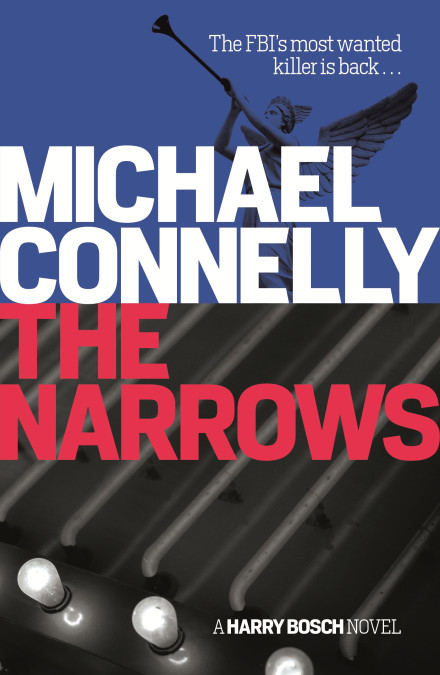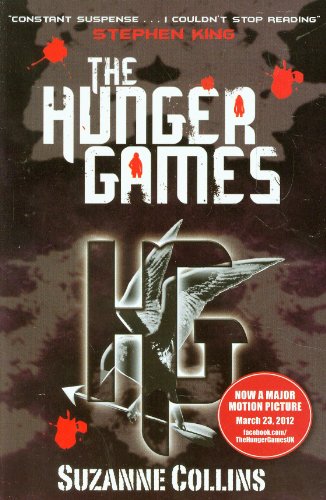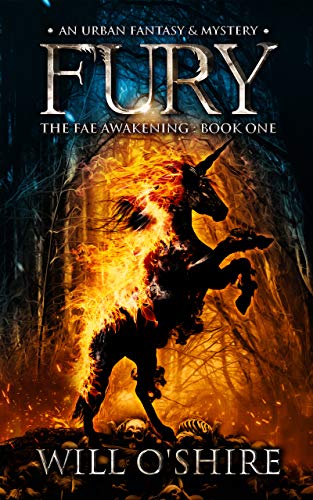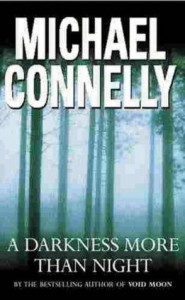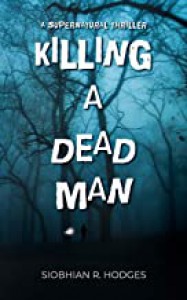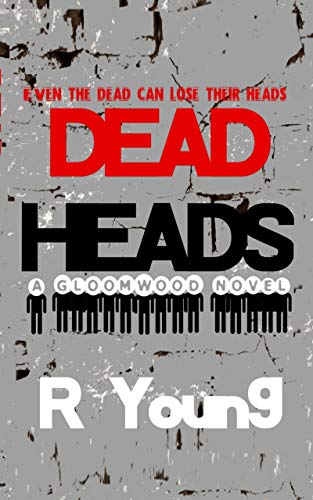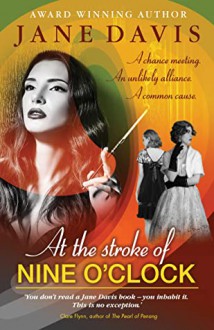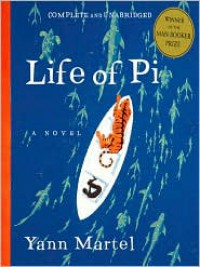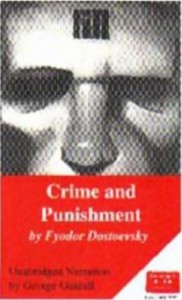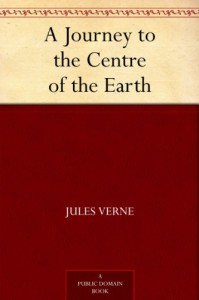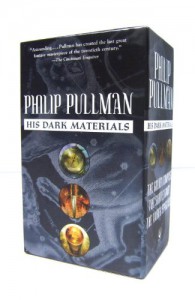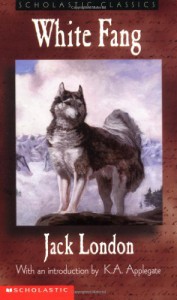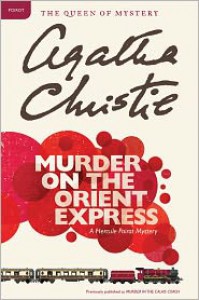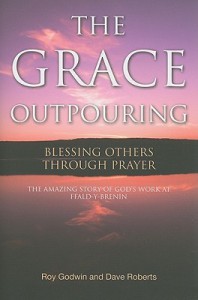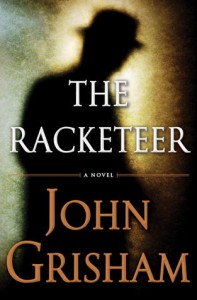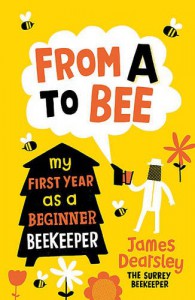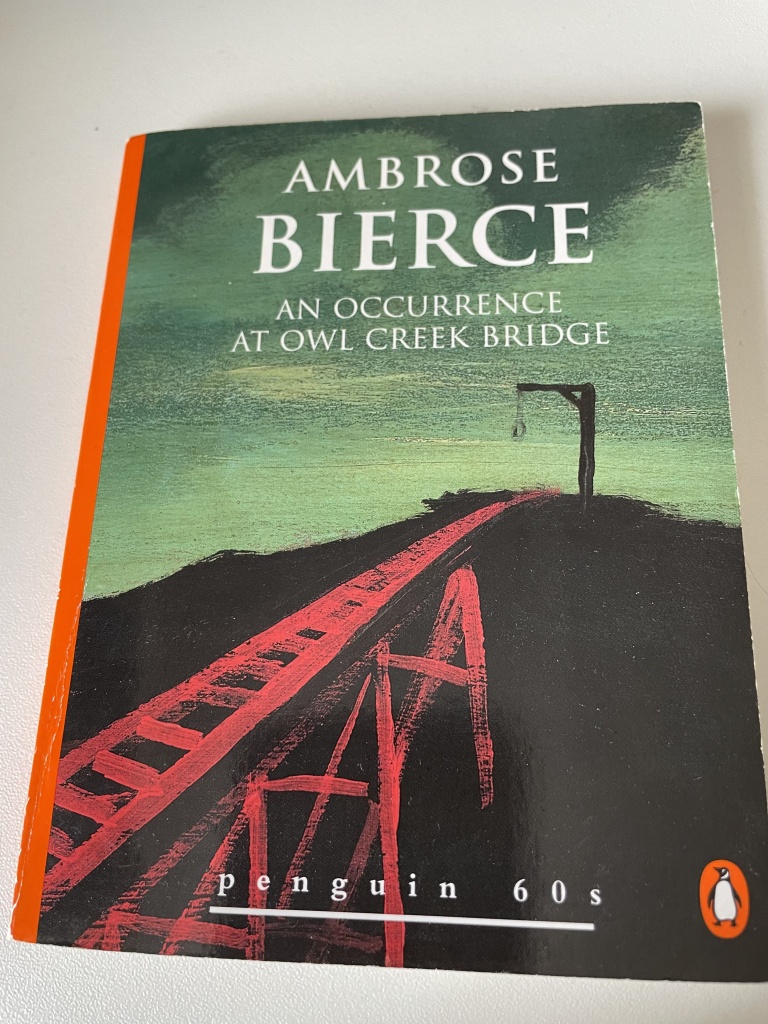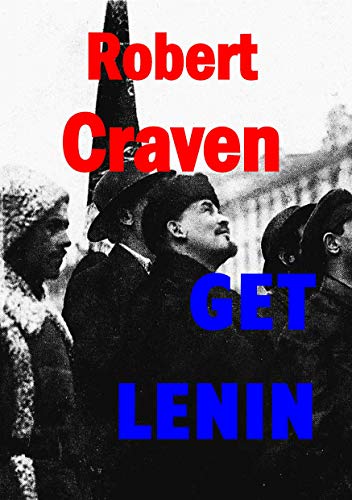
This was my first experience of Brennig Jones’ work and I came to the author’s indie novel, published in January 2023, with an open mind and came away with some really positive first impressions. There is a sense of latent risk when the reader pulls a book from the top of the tbr pile (assuming s/he hasn’t researched in advance), but also a surging sense of possibilities and Mr Jones did not disappoint. Of course, the odds of a favourable encounter may have been mitigated by our shared location in Wales and our respective military backgrounds (mine was orientated towards aircraft), but in any event the thrilling plot zipped along like a windsurfer off Copacabana beach.
Die-hard ‘thrillers’, as a genre, can feel a little passe at times, yet if well-written, well-paced and plausible (though improbable), the sense of excitement can touch a sweet-spot that suspends the reader’s disbelief in favour of an adrenaline-fuelled page turner.
What sets ‘Tempest’ apart is the unusual main character, Laura Guerra and the quirky time loop in which she is trapped. That the author should cast a female anti-hero in the context of a struggle against a dark, malevalent and violent foe seems counterintuitive. However, though Laura is notionally 28, she is locked into a groundhog existence that restarts after a year, or until she dies, whichever comes first. Through this perpetual rewind mechanism, Laura has developed a formidable range of skills and abilities and honed a plan to deliver deserved retribution. She is also isolated within this lonely crusade, that is until this latest cycle.
I found the concept intriguing and Laura’s character gained added depth by her exposure to friends and lover. Of course, the execution of the plan with its bangs and blasts and tech’ are an important element of the story, but this reader was also left wanting to know more about Laura and what next for her? So, I was delighted to read that this is book one in a trilogy, with the second novel, “Storm” released in January 2024 and the final installment, “Hurricane” currently ‘in production’.
Brennig Jones’ writing style is well-researched and atmospheric, as the story alights in contrasting global locations. Definitely thrilling, but also laced with food-for-thought, ‘Tempest’ has proven a tantalizing appetizer.


